Human CTLA-4/CD152 ELISA Kit
$299.00 – $419.00
ELISA Kit Detail Information
| Related Target | |
|---|---|
| Species | human |
| Sample Type | Serum, plasma, cell culture supernatant, and other biological samples |
| Sample Volume | 50 μL |
| Sensitivity | 0.71 pg/mL |
| Array Range | 93.75 pg/mL – 6000 pg/mL |
| Assay Time | 3.5 h |
| Recovery | 78% – 120% |
| Average Recovery | 94% |
| Intra Precision | 2.4% - 3.7% |
| Inter Precision | 3.1% – 4.3% |
| Plate | Detachable 96-well plate |
| Storage | If the reagent kit is unopened, it should be stored at 4℃. However, if it has been opened, the standard solution should be stored at -20℃, while the other components should be stored at 4℃. |
| Delivery | 4℃ blue ice transportation |
| Components | 96-well polystyrene enzyme-linked immunosorbent assay (ELISA) plate coated with anti-CTLA-4/CD152 monoclonal antibody Human CTLA-4/CD152 freeze-dried standard CTLA-4/CD152 detect Antibody Standard Diluent Assay Buffer(10×) Substrate TMB Stop Solution Washing Buffer(20×) Sealing Film |
| Assay Principle | This kit utilizes the double antibody sandwich enzyme-linked immunosorbent assay (ELISA) detection technique.Specific anti-human CTLA-4 antibodies are precoated on a high-affinity ELISA plate. Standard samples, test samples, and the detection antibody labeled with horseradish peroxidase are added to the wells of the ELISA plate. After incubation, CTLA-4 present in the samples binds to the solid-phase antibody and the detection antibody. After washing, a colorimetric substrate, TMB, is added and the plate is incubated in the dark for color development. The intensity of the color reaction is directly proportional to the concentration of CTLA-4 in the samples.A stop solution is added to terminate the reaction, and the absorbance value is measured at a wavelength of 450 nm (with a reference wavelength range of 570-630 nm). |
Related Targets
CTLA4
CTLA4 Target Infomation Overview
- Target Symbol: CTLA4, cytotoxic T-lymphocyte associated protein 4
- Gene Groups: CD molecules; V-set domain containing
- Alias: CD152; CD; GSE; CTLA-4
- Previous Names: CELIAC3; IDDM12
- Alias Names: celiac disease 3; insulin-dependent diabetes mellitus 12
CTLA4, cytotoxic T-lymphocyte associated protein 4 Target Infomation by Species
- Human
- Mouse
- Rat
Human CTLA4 Target Information
- Target Symbol: CTLA4, cytotoxic T-lymphocyte associated protein 4
- Alias:
- ALPS5
- CD
- CD152
- cd152 antigen
- CD152 isoform
- celiac disease 3
- CELIAC3
- CTLA-4
- cytotoxic T lymphocyte associated antigen 4 short spliced form
- cytotoxic T-lymphocyte antigen 4
- cytotoxic T-lymphocyte protein 4
- cytotoxic T-lymphocyte-associated antigen 4
- cytotoxic T-lymphocyte-associated protein 4
- cytotoxic T-lymphocyte-associated serine esterase-4
- GRD4
- GSE
- ICOS
- IDDM12
- insulin-dependent diabetes mellitus 12
- ligand and transmembrane spliced cytotoxic T lymphocyte associated antigen 4
- NCBI_Gene: 1493
- UniProtKB: P16410
Human CTLA4 Predicted Functions
Involved in several processes, including B cell receptor signaling pathway; negative regulation of lymphocyte activation; and positive regulation of apoptotic process. Located in several cellular components, including clathrin-coated endocytic vesicle; external side of plasma membrane; and perinuclear region of cytoplasm. Is integral component of plasma membrane. Part of protein complex involved in cell adhesion. Implicated in several diseases, including carcinoma (multiple); hematologic cancer (multiple); hepatitis B; kidney disease (multiple); and primary immunodeficiency disease (multiple). Biomarker of several diseases, including Sjogren’s syndrome; anogenital venereal wart; hepatitis A; lung disease (multiple); and tropical spastic paraparesis.
Mouse Ctla4 Target Information
- Target Symbol: Ctla4, cytotoxic T-lymphocyte-associated protein 4
- Alias:
- Cd152
- CD152 antigen
- Ctla-4
- cytotoxic T lymphocyte-associated protein 4
- Ly-56
- NCBI_Gene: 12477
Mouse Ctla4 Predicted Functions
Predicted to be involved in several processes, including antigen receptor-mediated signaling pathway; negative regulation of lymphocyte activation; and positive regulation of apoptotic process. Predicted to act upstream of or within adaptive immune response. Located in external side of plasma membrane. Human ortholog(s) of this gene implicated in several diseases, including carcinoma (multiple); hematologic cancer (multiple); hepatitis B; kidney disease (multiple); and primary immunodeficiency disease (multiple). Orthologous to human CTLA4 (cytotoxic T-lymphocyte associated protein 4).
Rat Ctla4 Target Information
- Target Symbol: Ctla4, cytotoxic T-lymphocyte-associated protein 4
- Alias:
- Cd152
- CD152 antigen
- CTLA-4
- cytotoxic T-lymphocyte protein 4
- sCTLA4
- soluble form
- transmembrane form
- NCBI_Gene: 63835
Rat Ctla4 Predicted Functions
Predicted to enable signaling receptor activity. Involved in negative regulation of T cell proliferation and negative regulation of immune response. Predicted to be located in Golgi apparatus; clathrin-coated endocytic vesicle; and perinuclear region of cytoplasm. Predicted to be integral component of plasma membrane. Predicted to be part of protein complex involved in cell adhesion. Predicted to be active in external side of plasma membrane. Used to study myocarditis. Human ortholog(s) of this gene implicated in several diseases, including carcinoma (multiple); hematologic cancer (multiple); hepatitis B; kidney disease (multiple); and primary immunodeficiency disease (multiple). Orthologous to human CTLA4 (cytotoxic T-lymphocyte associated protein 4).

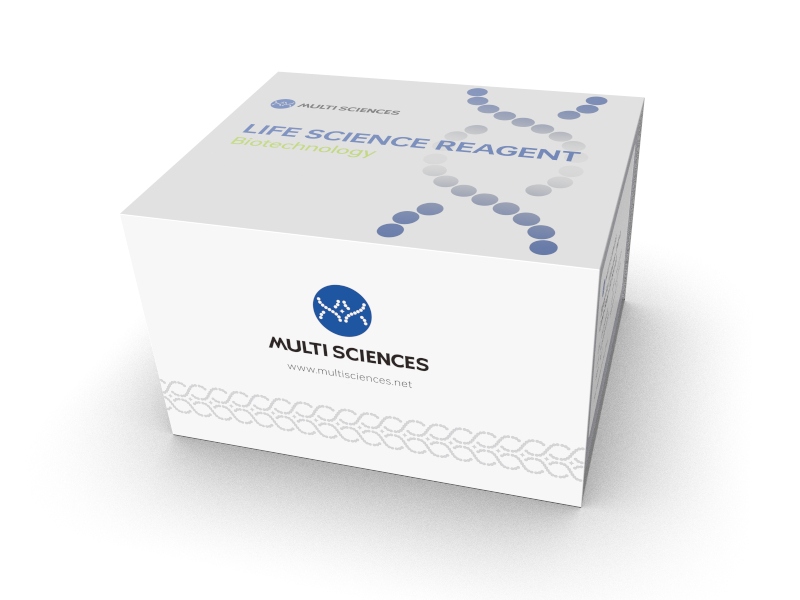
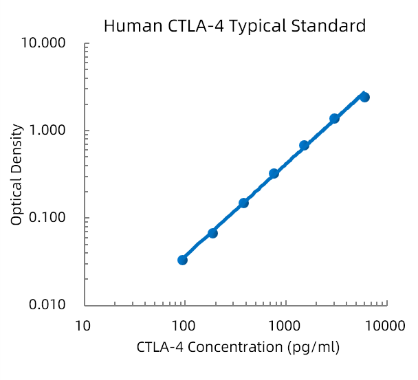
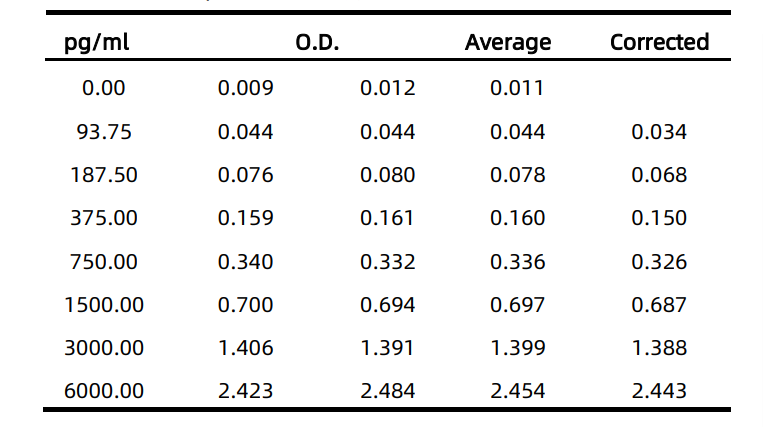

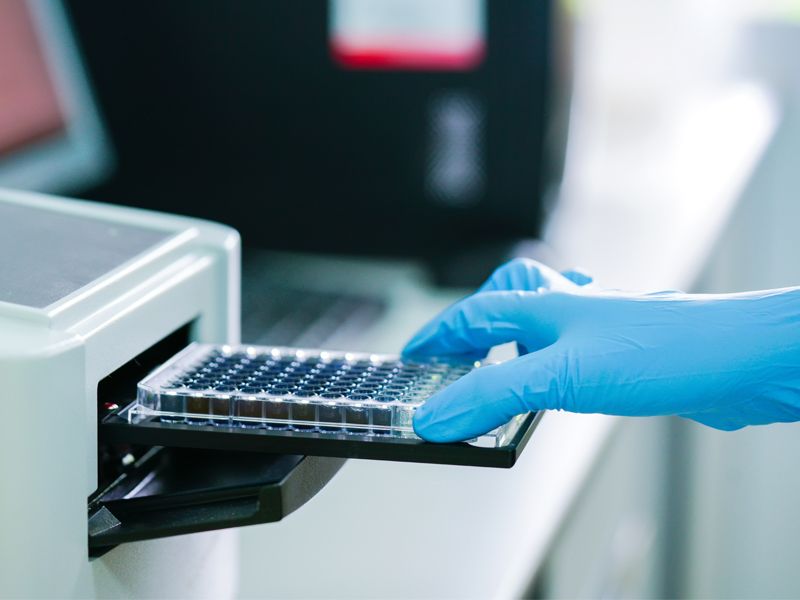
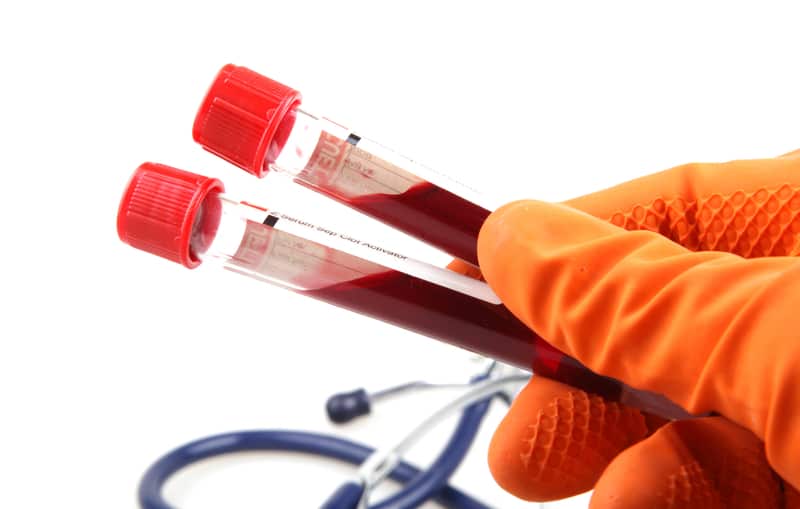
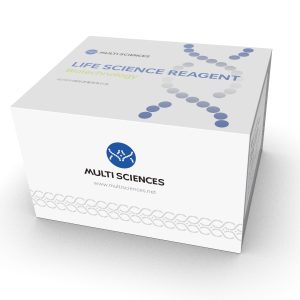
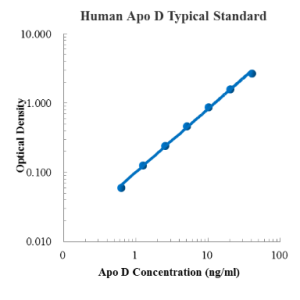
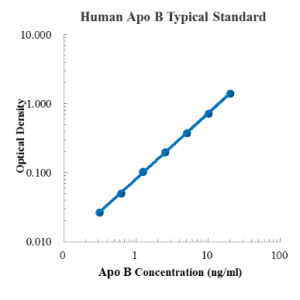
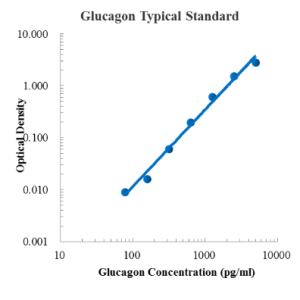
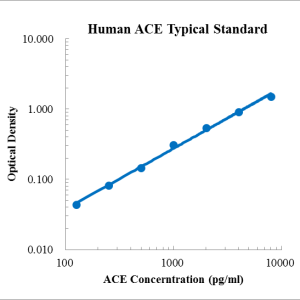
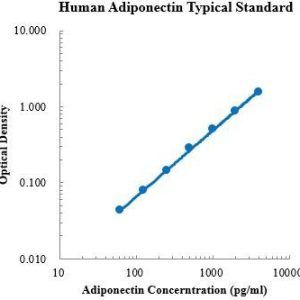
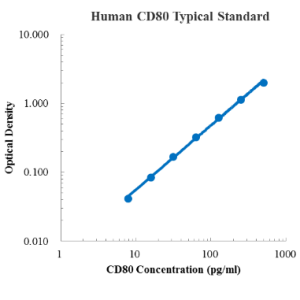
Reviews
There are no reviews yet.